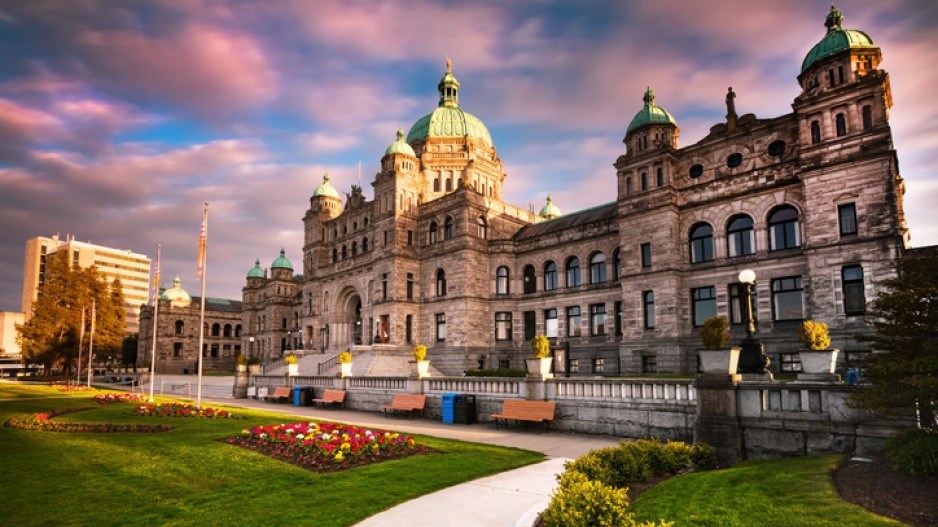For the first time in about 20 months, the B.C. legislature opens its doors to the public this week, just as the politicians have headed home until next February.
You would be forgiven for not knowing the legislature even held a fall sitting during October and November.
Once again, the legislature flew well below the radar as extraordinary events – an ongoing pandemic and now weather emergencies – overshadowed its very existence.
During this sitting, the house passed 17 pieces of legislation, some of them significant in scope.
The most notable one was Bill 28, the Forest Amendment Act. This bill provides the biggest overhaul of the forestry tenure system in many years.
The new law will shift timber-cutting rights from large companies to smaller ones and will eventually double the amount of tenures held by First Nations.
Combined with a commitment to defer the logging of vast stands of old-growth timber, the changes to the tenure system represent perhaps the biggest policy move of the BC NDP government since the last election.
Another important piece of legislation was Bill 29, the Interpretation Amendment Act. It is only three pages long but its length does not measure the bill’s significance.
The bill begins the process of aligning provincial laws with the principles of the United Nations Declaration of the Rights of Indigenous Peoples (UNDRIP). This will eventually greatly strengthen the rights of First Nations in B.C.
Finally, one of the more controversial (for some) bills was a rewrite of the freedom-of-information legislation. The government side insisted this was an “update” of an old bill, while the Opposition preferred words like “gutted” to describe the impact of the changes.
One of the more notable aspects of the fall sitting was the fact that all 87 MLAs were physically present most of the time. In previous sessions during the pandemic, the number of people allowed in the chamber was limited because of public health protocols such as social distancing.
Dropping the limited attendance rule meant there was usually full attendance during Question Period, which was a bit of a boon for the Opposition parties, since their MLAs were once again able to ask cabinet ministers in person.
For the past few sessions, many ministers decided to respond from their office, which resulted in less scrutiny.
The BC Liberals spent much of the session focusing on issues such as the change in funding autism services and pandemic-related topics.
Still, it was difficult for the opposition to garner much media coverage as the pandemic and then the extreme weather events continued to dominate the headlines.
Perhaps by the time the politicians return in early February the situation will be different but then again perhaps it will not be.
It is conceivable we could still be in a pandemic – the recently discovered COVID-19 variant of concern dubbed Omicron is a new worry – and who knows what kind of weather phenomenon will be clobbering B.C. next spring.
However, the return of the public to the “peoples’ house” (for months, people could only enter in booked, guided tours or for scheduled meetings) is one sign of things returning to normal. Now, if we could only get politics returning to that level as well.
Keith Baldrey is chief political reporter for Global BC.

.jpg;w=120;h=80;mode=crop)


